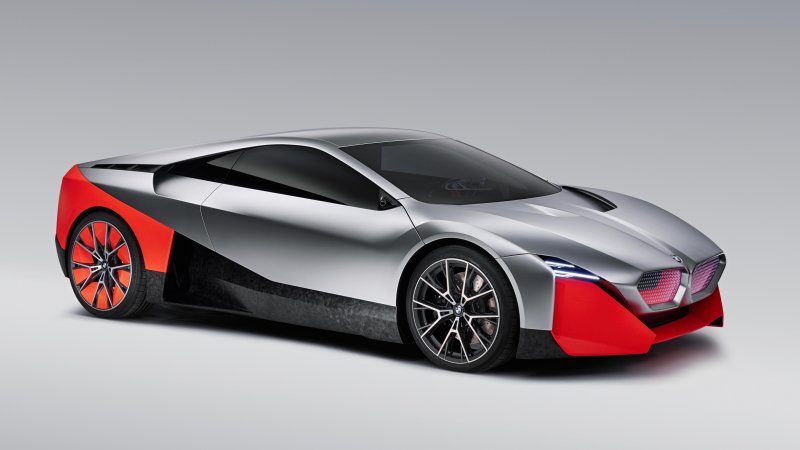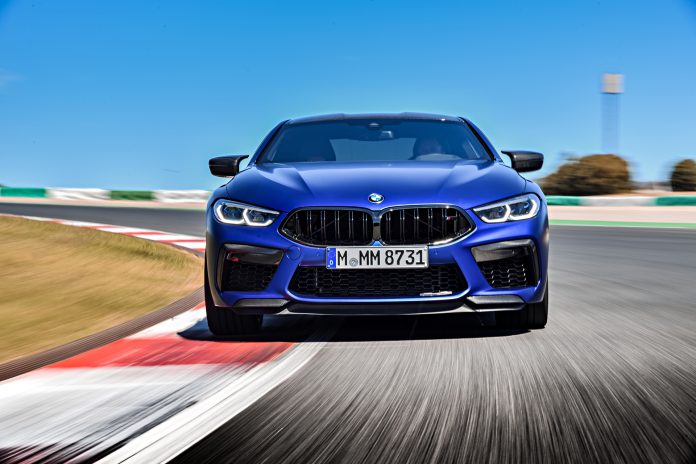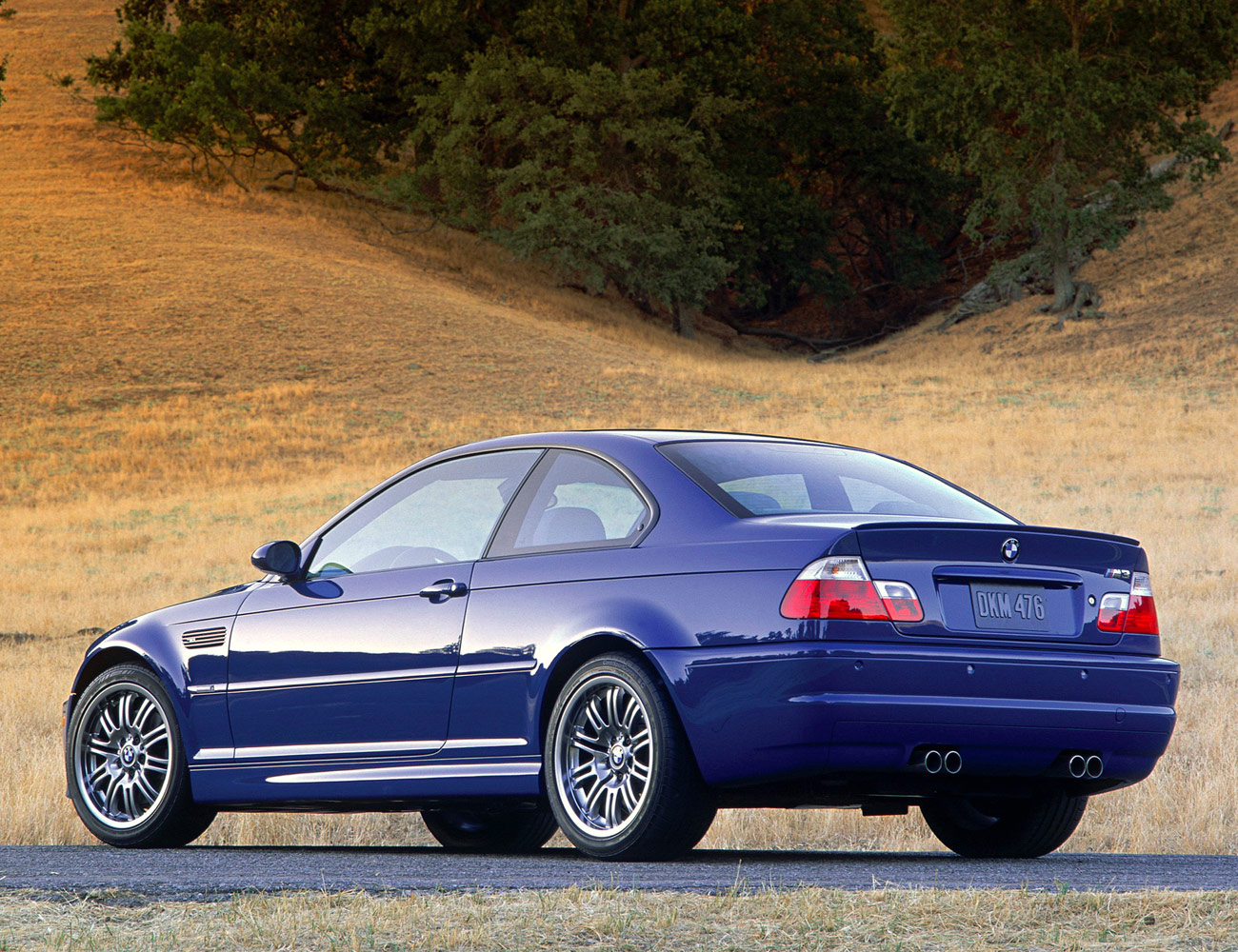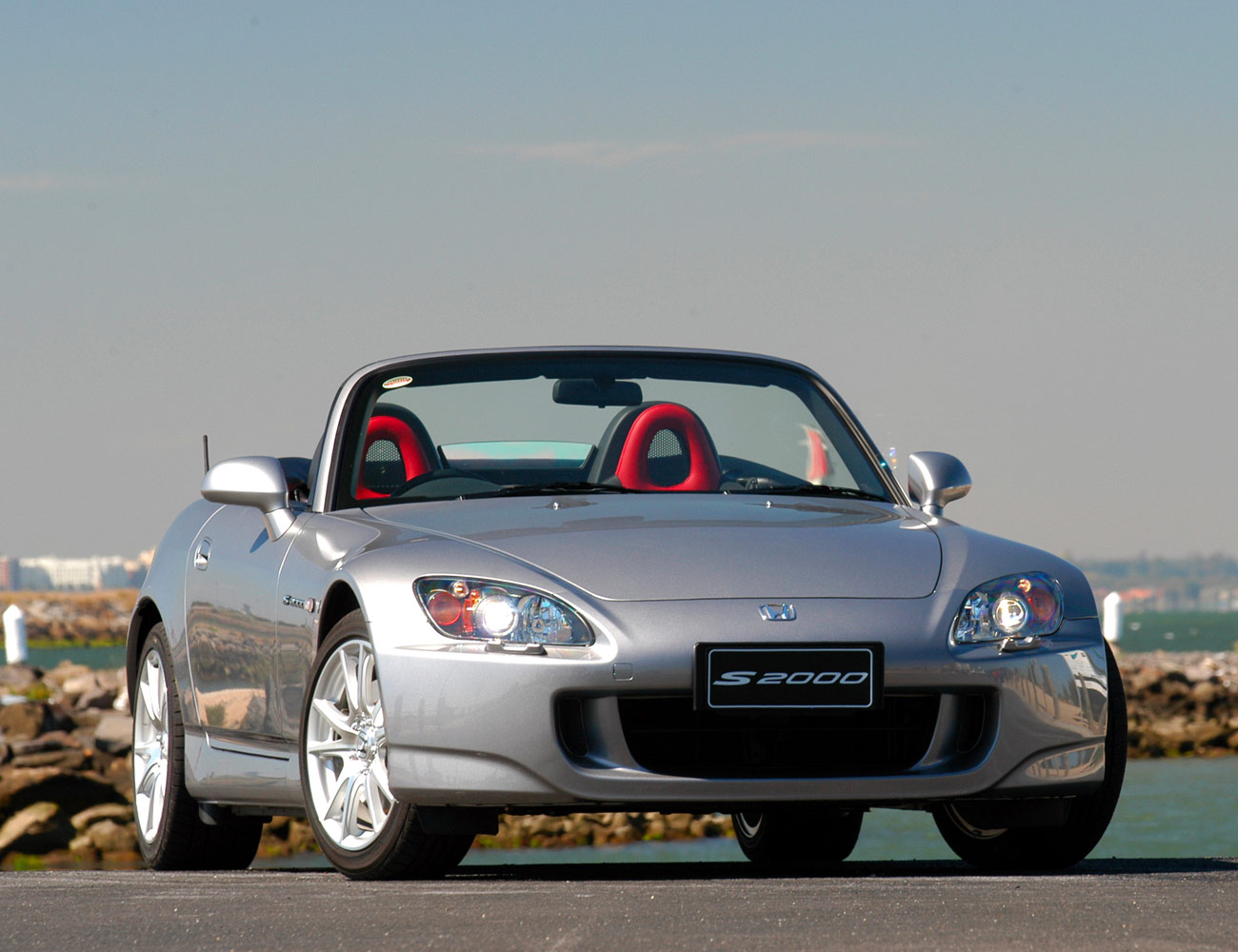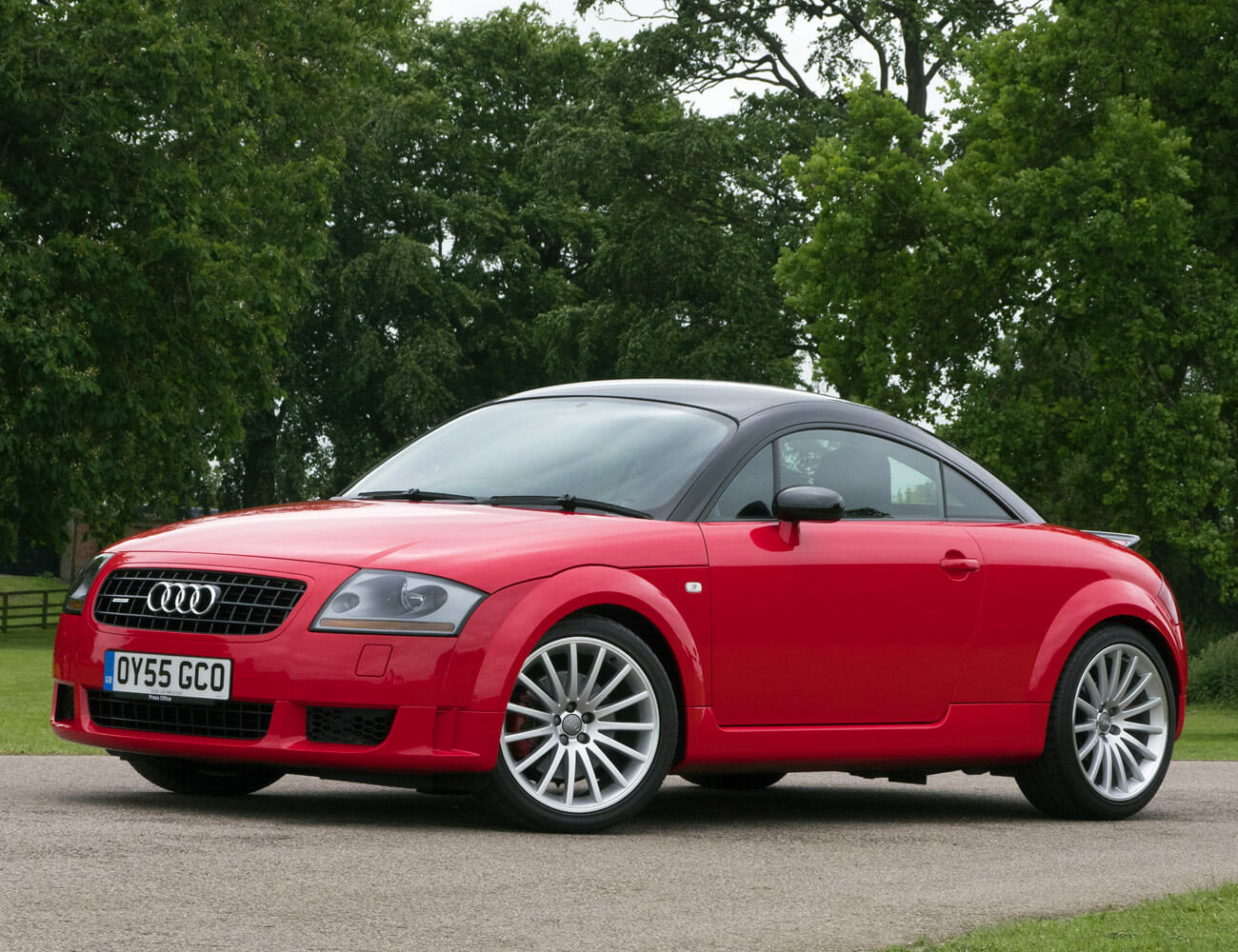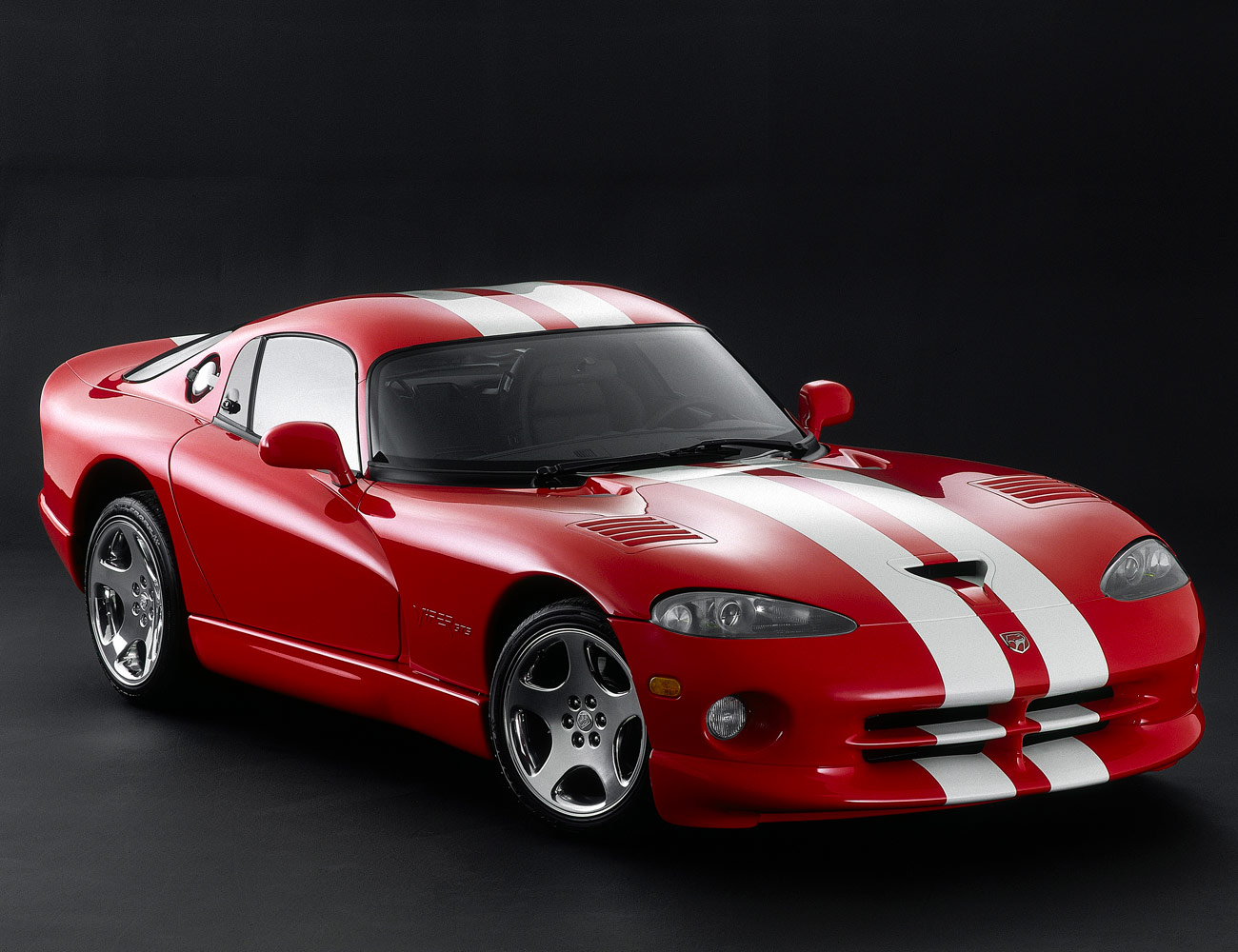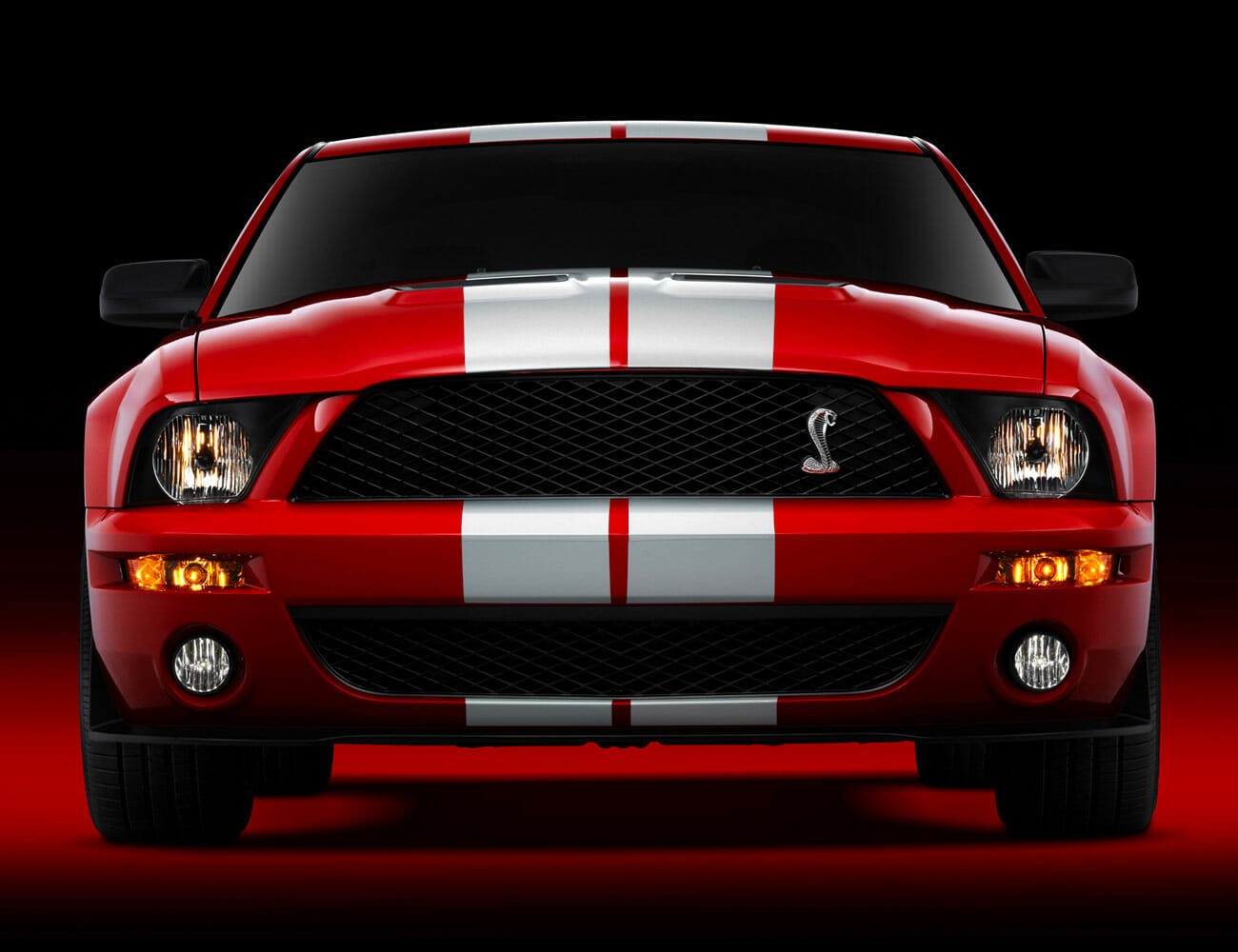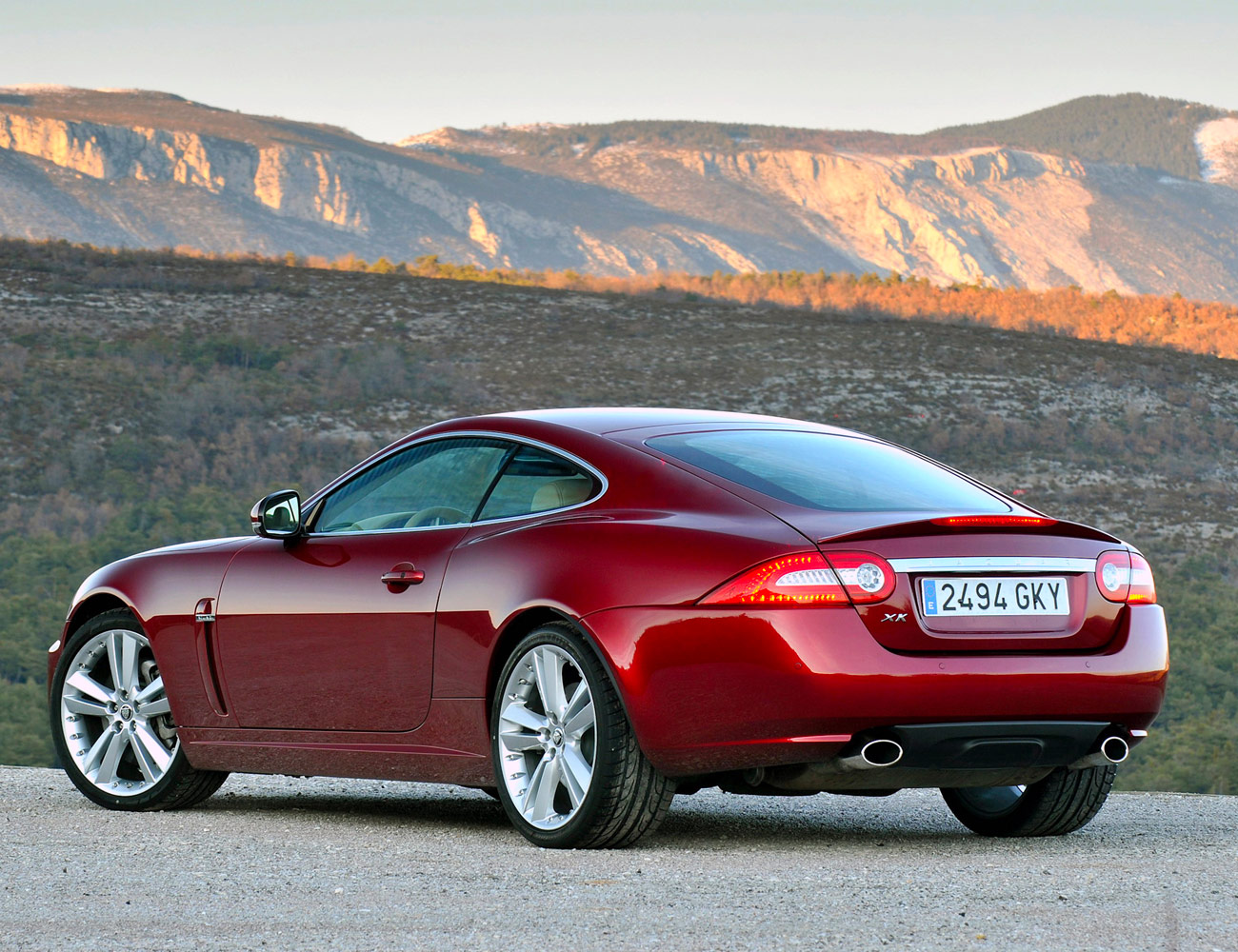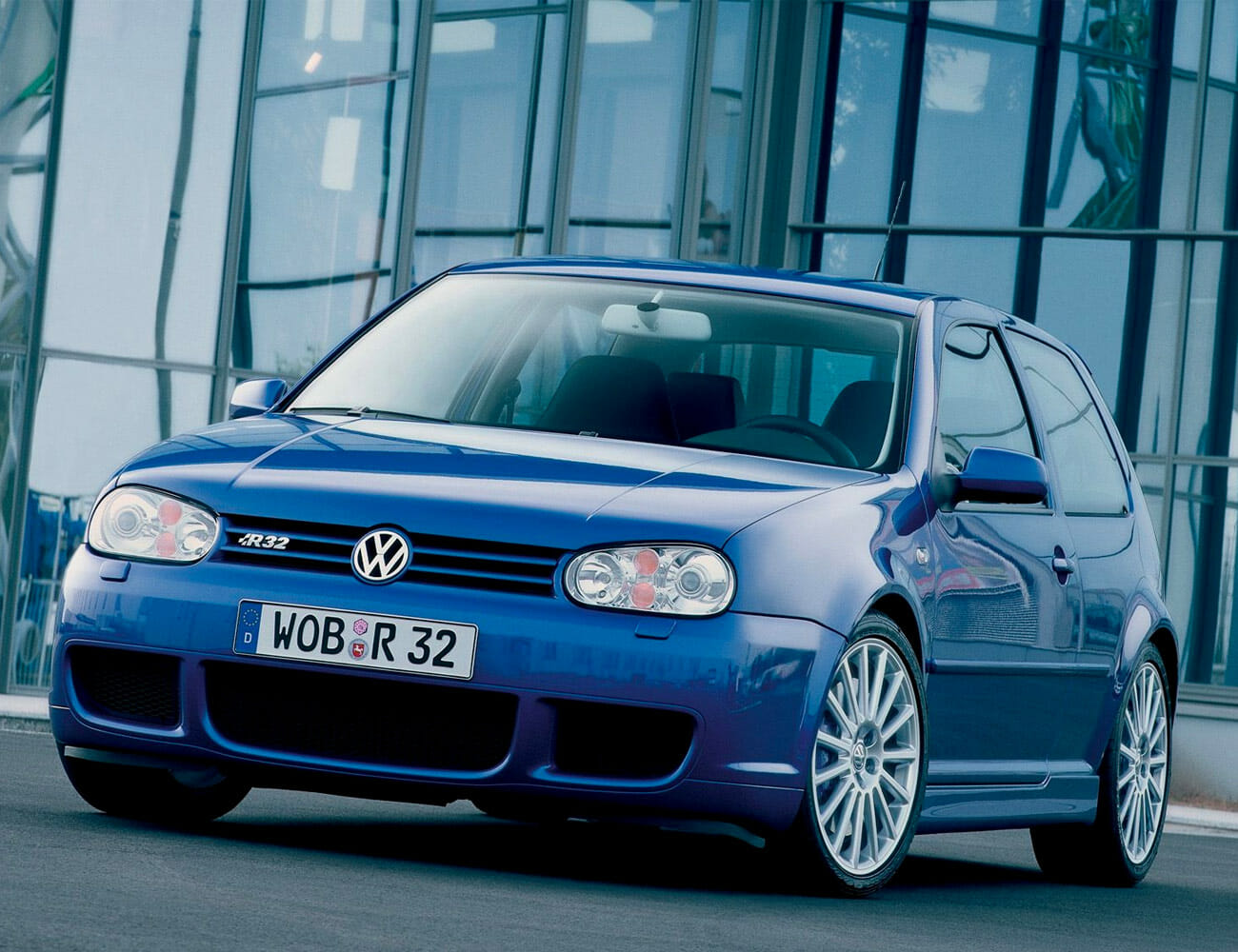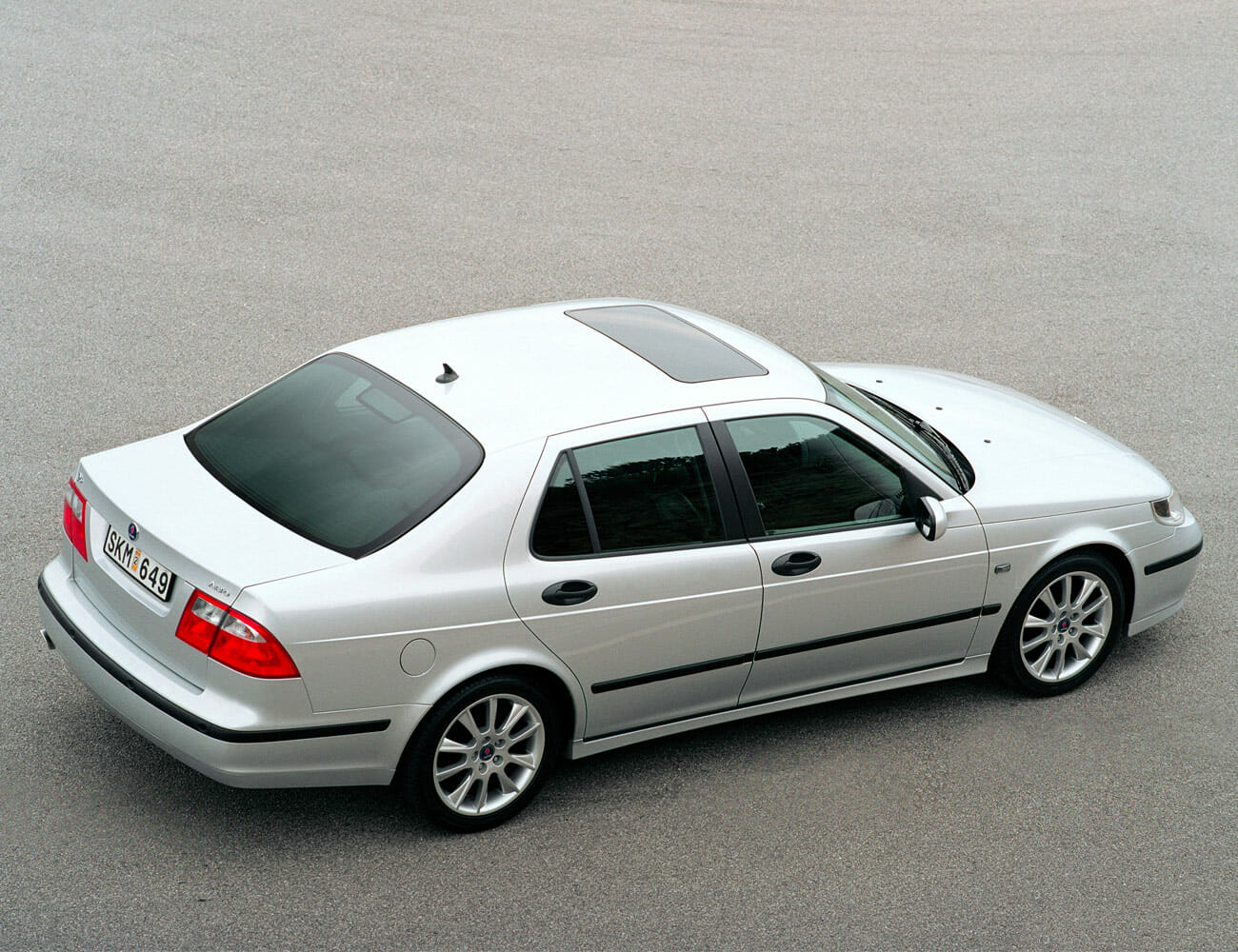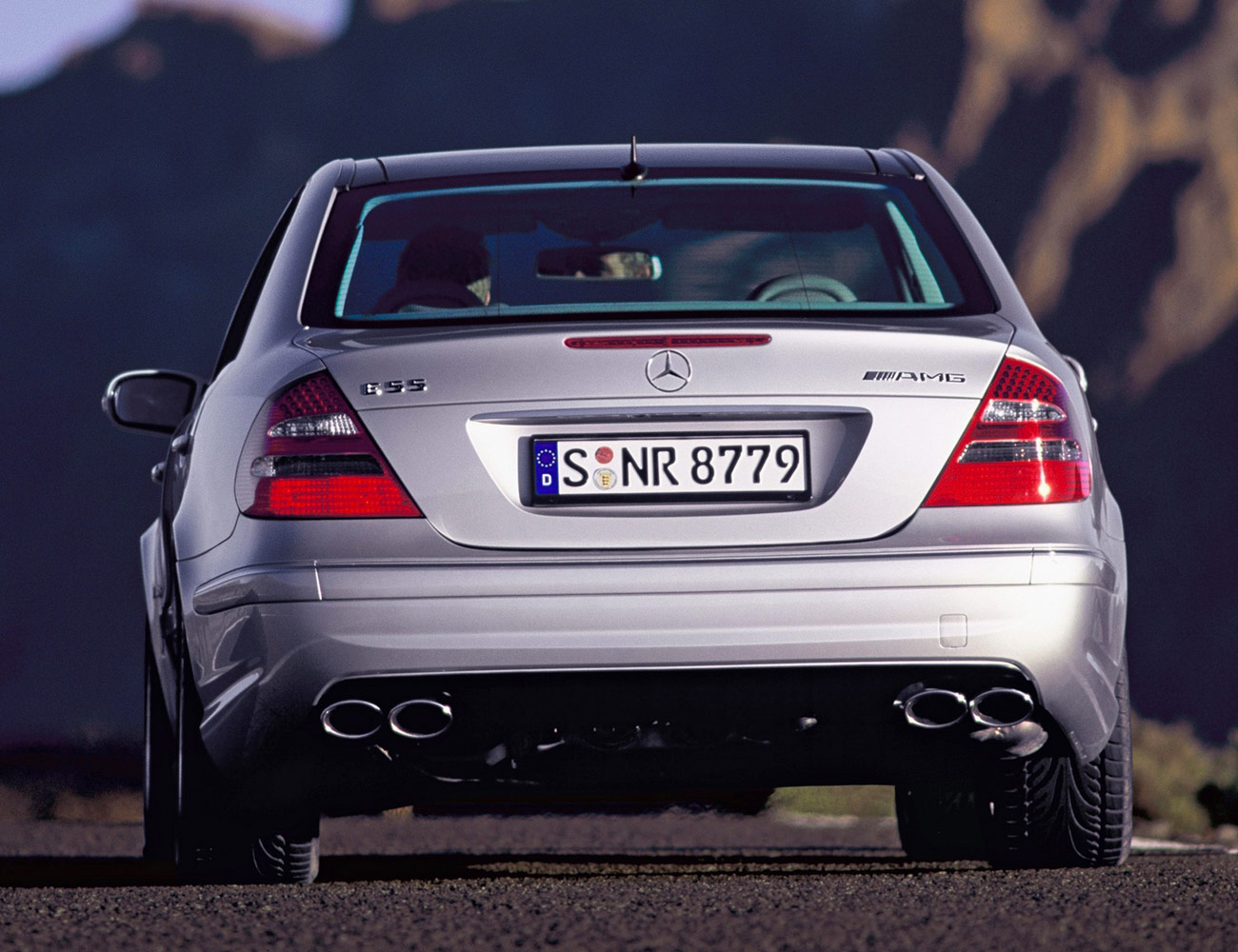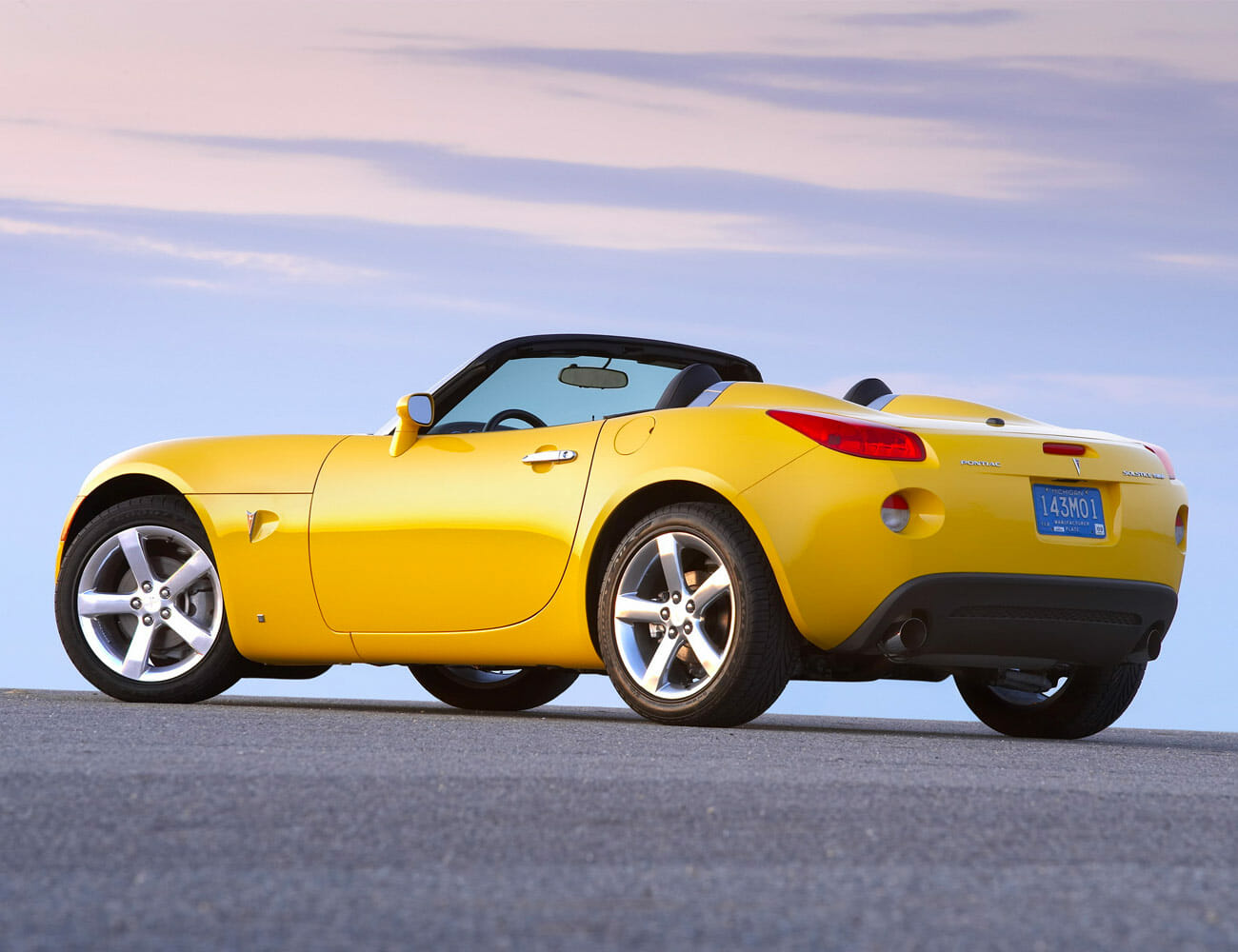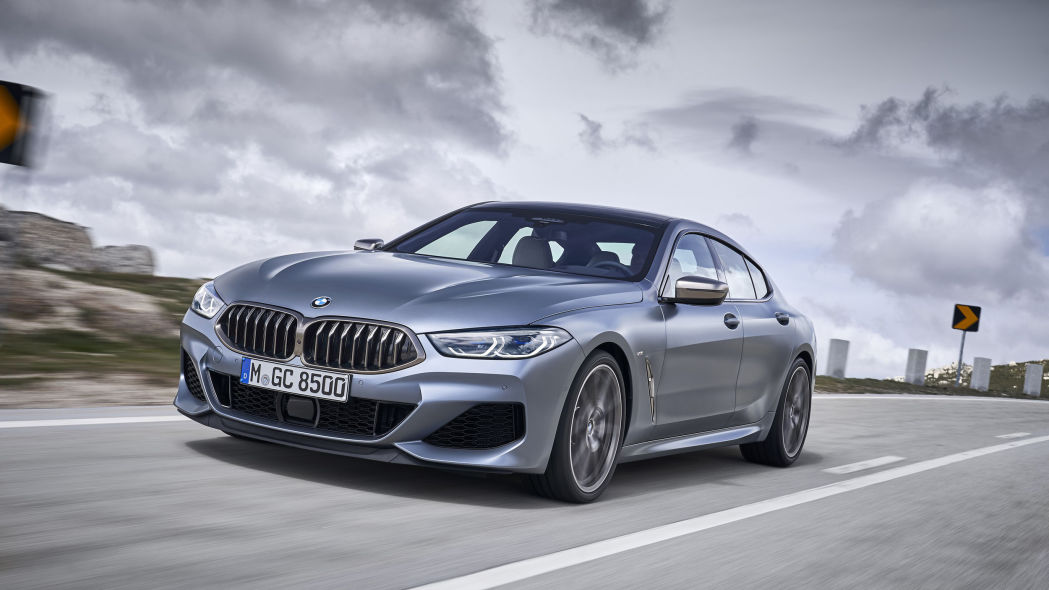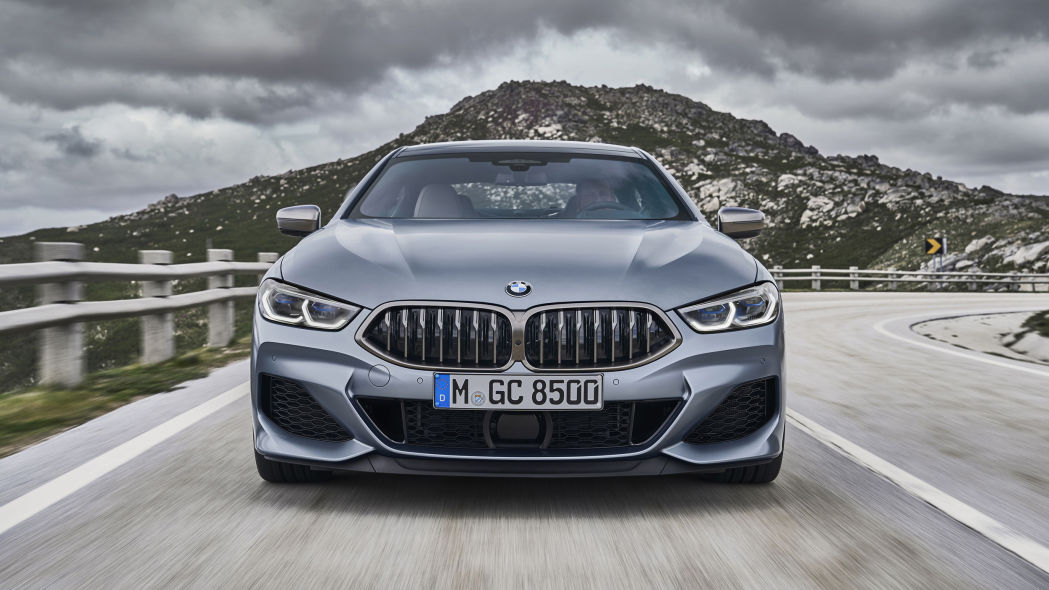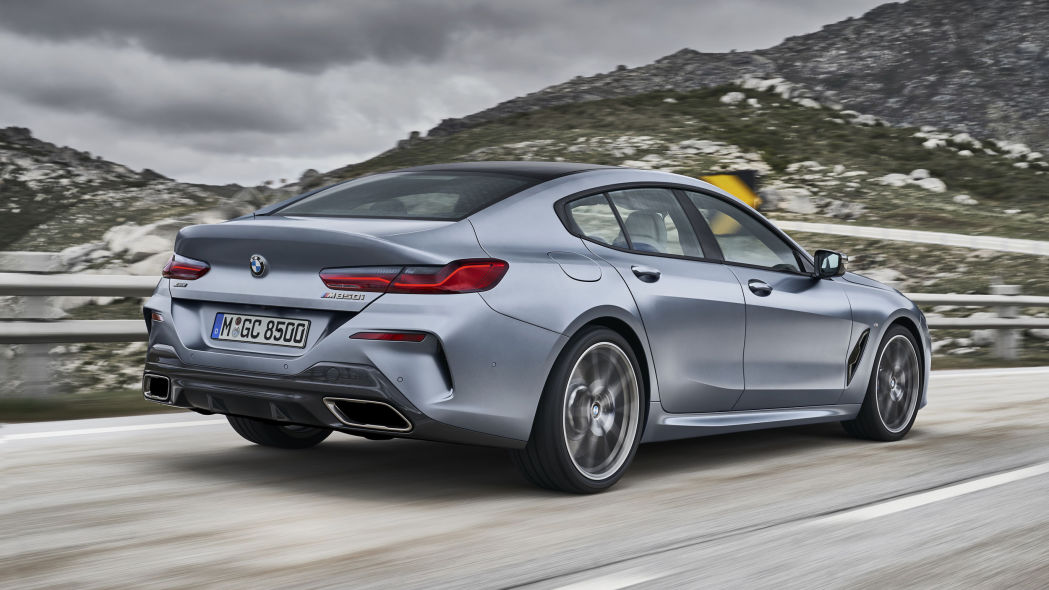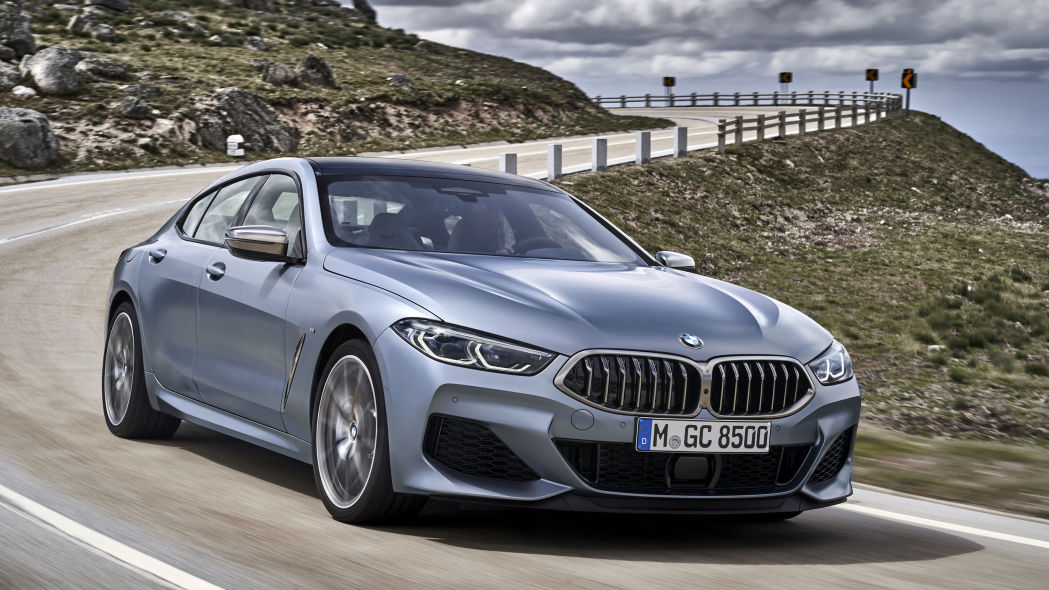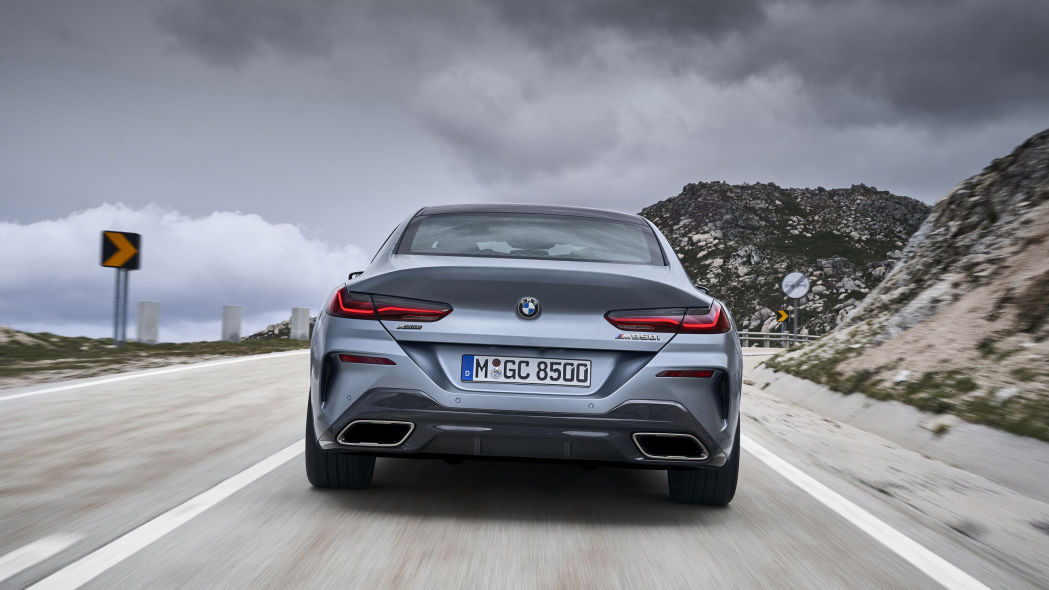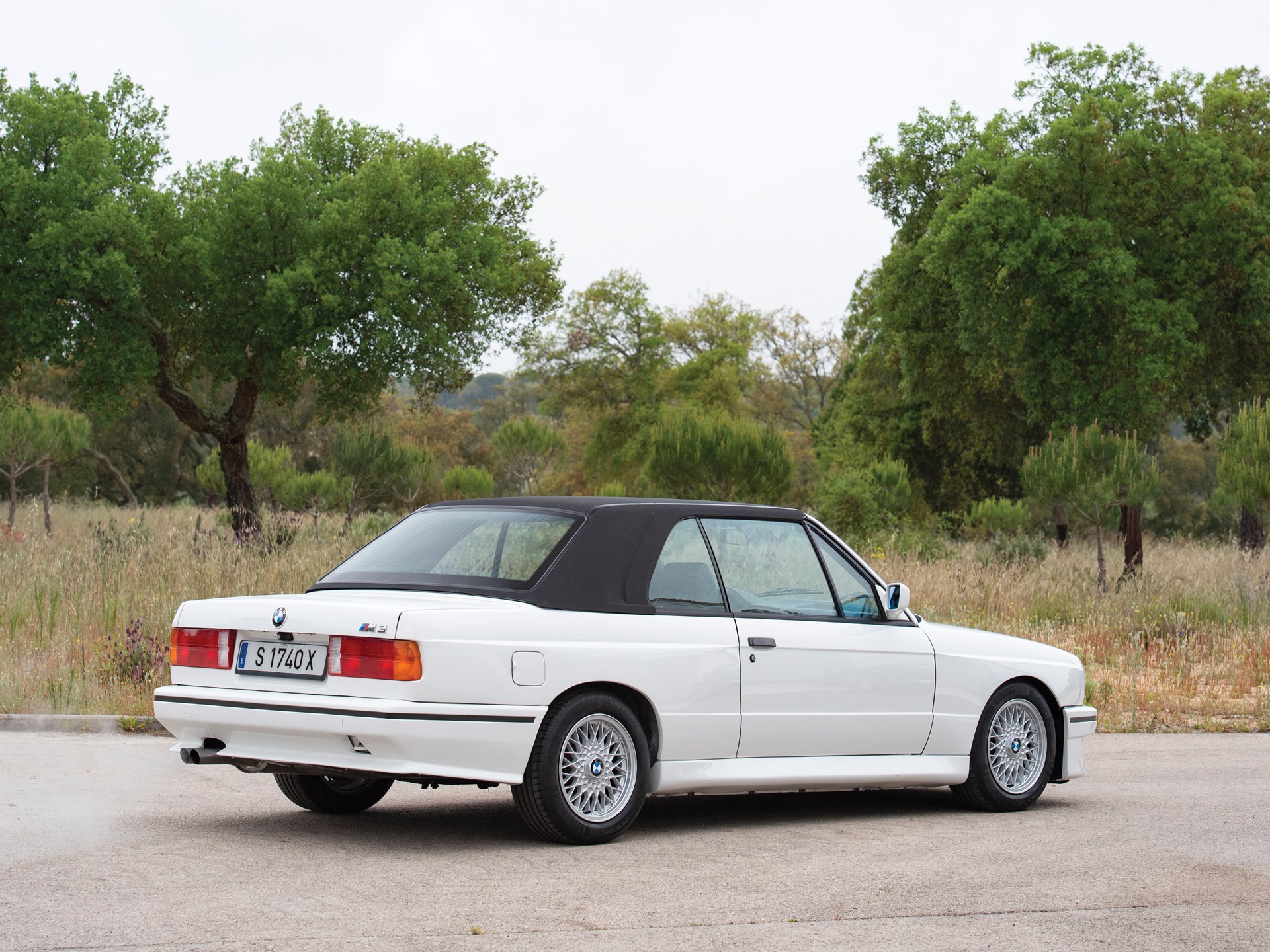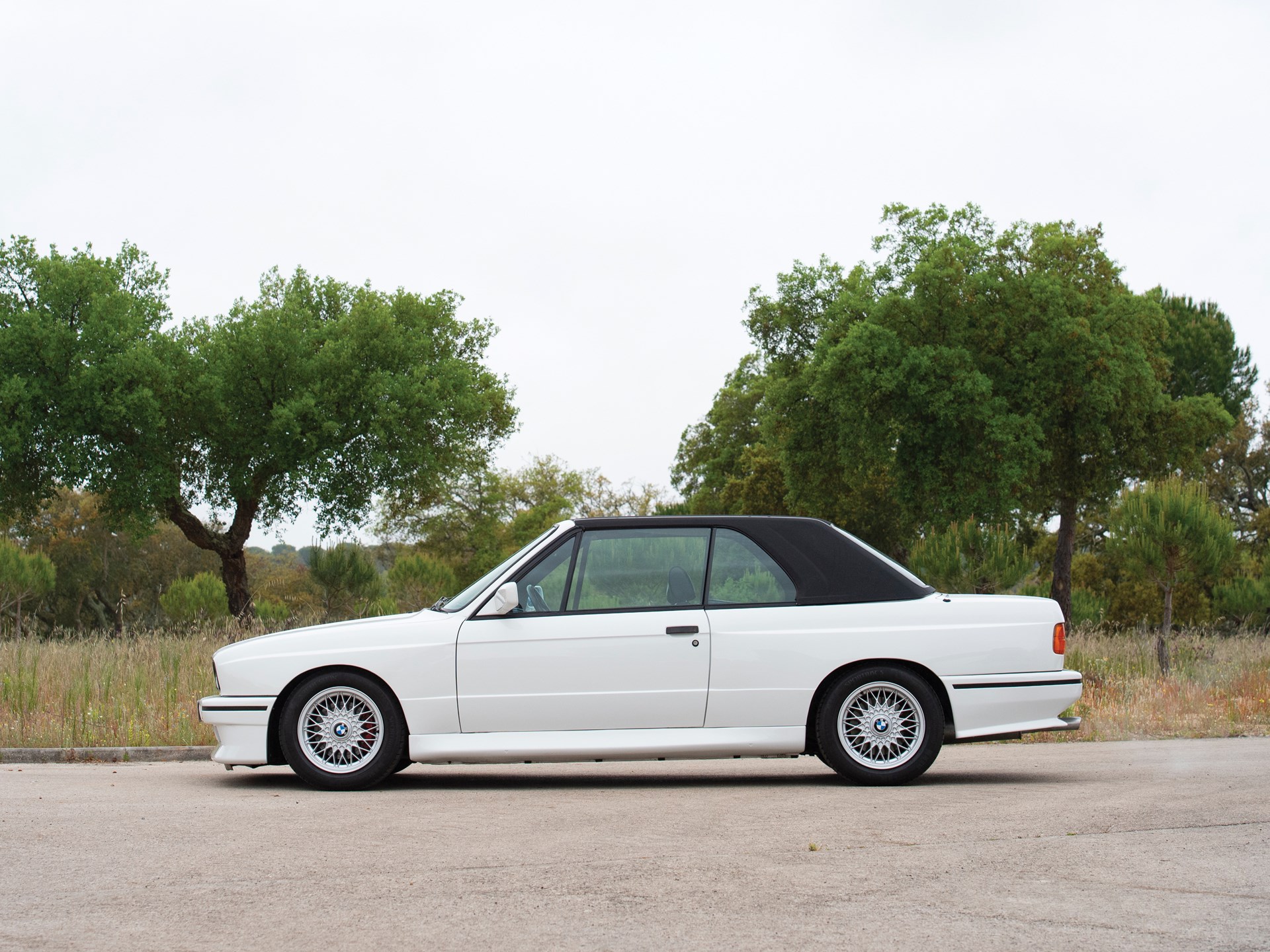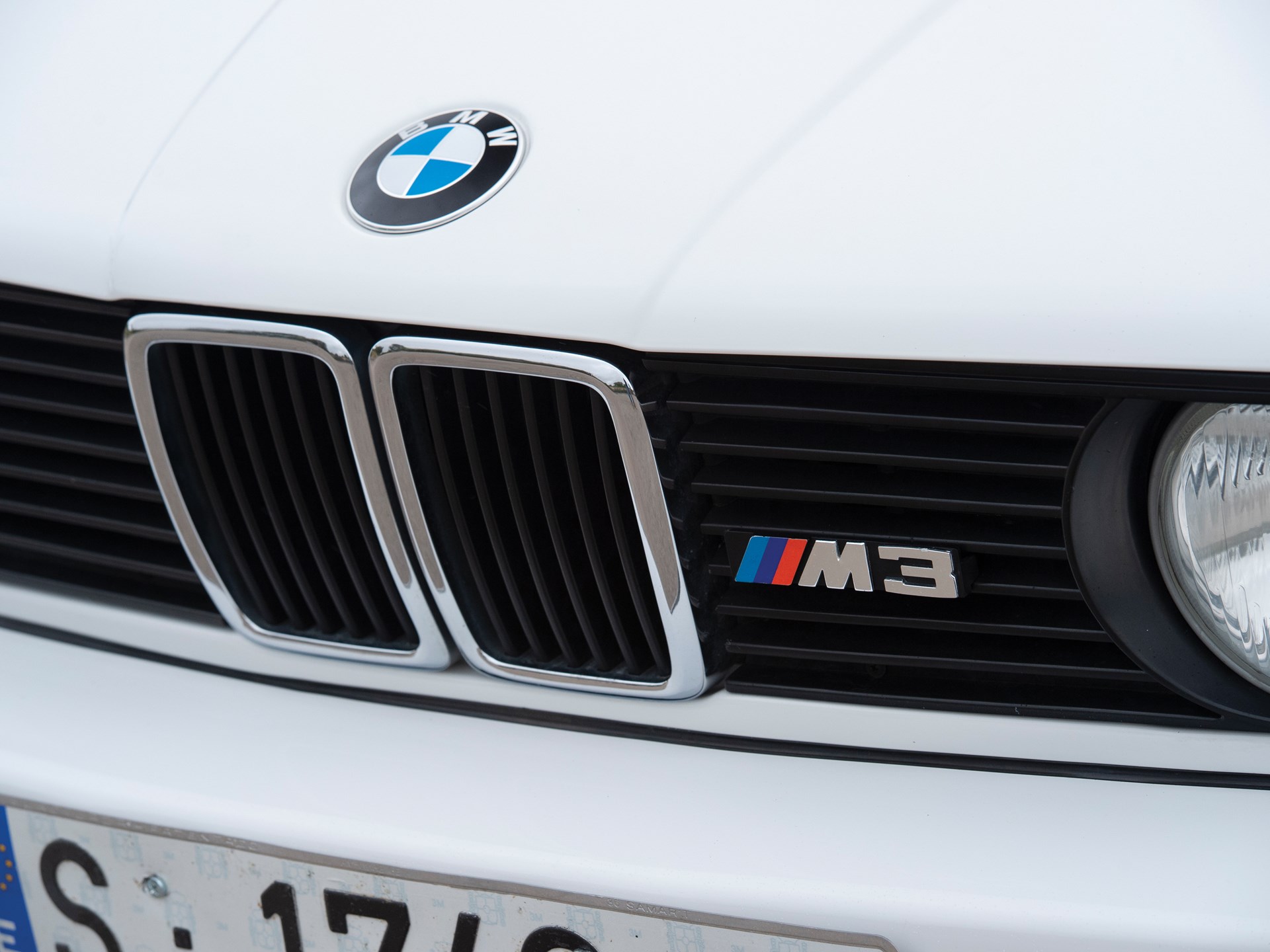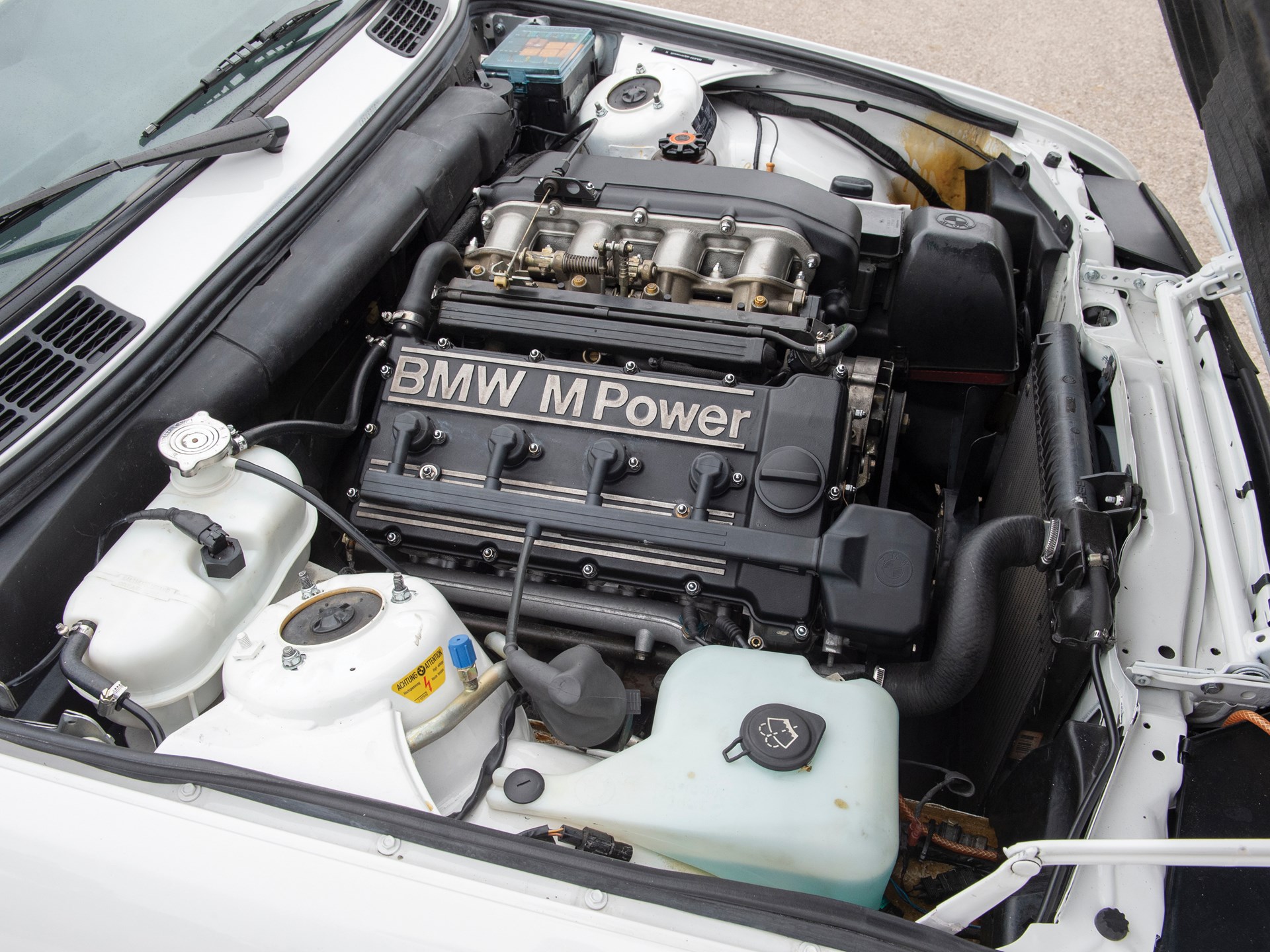BMW has today announced that it will offer a BMW 2 Series Gran Coupe for the first time. The Gran Coupe model follows from the recent release of the BMW 1 Series. Interestingly, it precedes the expected release of an updated BMW 2 Series Coupe.
The 2 Series Gran Coupe is also the first front-wheel-drive BMW sedan in recent memory (aside from a 1 Series Sedan – sold exclusively in China). With the development of BMW’s xDrive platform permeating higher up in BMW’s model range, traditionalists might want to look away now!
Design

We’ve seen BMW’s Gran Coupe concept time and time before. The format is similar for the 2 Series Gran Coupe. BMW stretches the silhouette of the BMW 1 series, adding four-doors with frameless side windows and full-LED headlights as standard.
The side taper of the C-pillar is clear, accentuating the shoulders of the car. Other design elements include the contoured kidney grille bars with a different mesh design for the flagship M235i xDrive. The rear lights are completely new too, stretching further into the back until they reach a gloss black band.
The Gran Coupe measures 4.5 metres in length, 1.8 metres in width and 1.4 metres in height. Interior space has been a driving factor behind the project, BMW claims a 430-litre load space, 40 litres more than the Coupe version.
Drivetrain & Performance

The 2 Series Gran Coupe uses the FAAR platform which debuted this year in the 1 Series. The Gran Coupe is front-wheel drive predominantly; the first BMW sedan to use this configuration. Performance versions use the xDrive system in preference to BMW’s usually preferred rear-wheel-drive setup.
The 2 Series Gran Coupe also carried over the near-actuator wheel slip limitation system. A slip controller is positioned in the engine control unit rather than in the DSC system. It works together with the DSC system, to reduce the time it takes to relay information, operating ten times faster than a conventional system. Additional bracing in the engine bay and struts linking the rear sub-frame to the body improve stability.

One diesel engine and two petrol engines will be available straight away. The BMW 218i uses a three-cylinder petrol engine with 140 hp, a four-cylinder model, with 190 hp, will be available in the BMW 220d. Finally, the range-topping BMW M235i xDrive will use a 306 hp, four-cylinder engine. The US market will get an additional 231 hp BMW 228i xDrive model with the 2.0-litre four-cylinder engine.
In terms of performance, the 218i hits 100 km/h in 8.7 seconds, the M235i xDrive in 4.9 seconds and the 220d in 7.5 seconds.
The power is relayed with a six-speed manual gearbox as standard. A seven-speed dual-clutch transmission is an option while the eight-speed transmission is reserved for the diesel and the M235i xDrive.
The BMW M235i xDrive adds a mechanical Torsen limited-slip differential, M Sport steering and M Sport brakes. Three different suspension setups are on offer, tailored to each model. M Sport suspension reduces the ride height by 10 mm while the Adaptive suspension option includes variable damper controls.
All models will be available with a Lane Departure Warning, active lane return and collision and pedestrian warning with city braking function. Active Cruise Control, the Driving Assistant including Lane Change Warning, rear collision warning and crossing traffic warning, plus the reversing assistant are all available as options.
Interior

Five trim levels are available; Basic, Advantage, Sport Line, Luxury Line and M Sport. Six colours will be available from launch.
Space is generous too. the 2 Series Gran Coupe offers 33 mm of extra legroom over the existing 2 Series Coupe with a seating position 12 mm higher. The rear seats split 40/20/40 to add more space.
The BMW Operating System 7.0 is installed onto the two large screens. The BMW Live Cockpit Professional increases the size of the centre screen to 10.25 inches with the further option of a 9.2-inch head-up display.
As always, iDrive Controller, touch, vice and gesture options combine for easy input of information into the infotainment system.
Competition

The BMW 2 Series Gran Coupe slots into the marketplace alongside the 1 Series. The 2 Series badge has always been reserved for a coupe version of the 1 Series, the Gran Coupe adds a Sedan body-style to the lower end of the range. BMW’s target is the young professional, clearly.
This makes BMW’s competition, the likes of the Mercedes-Benz CLA Class and the Audi A3 Sedan. Both fill niches but have sold well, marketed towards younger buyers who want something small, practical, but with a certain amount of style.
Whether you prefer one to the other likely comes down to personal choice. In terms of the 2 Series Gran Coupe’s defining features, it carries less luggage than the Mercedes-Benz but more than the A3 Sedan. Infotainment is also likely to factor in any buying decision.
Availability

The 2 Series Gran Coupe will make its debut at the Los Angeles Auto Show 2019 which takes place towards the end of November.
Afterwards, expect a market launch in March 2020 with sales to begin soon after
Pricing in Germany will start at €31.950 for the BMW 218i, with the range-topping BMW M235i xDrive commanding €51,900.
Photo Gallery
GTSPIRIT NEWSLETTER

